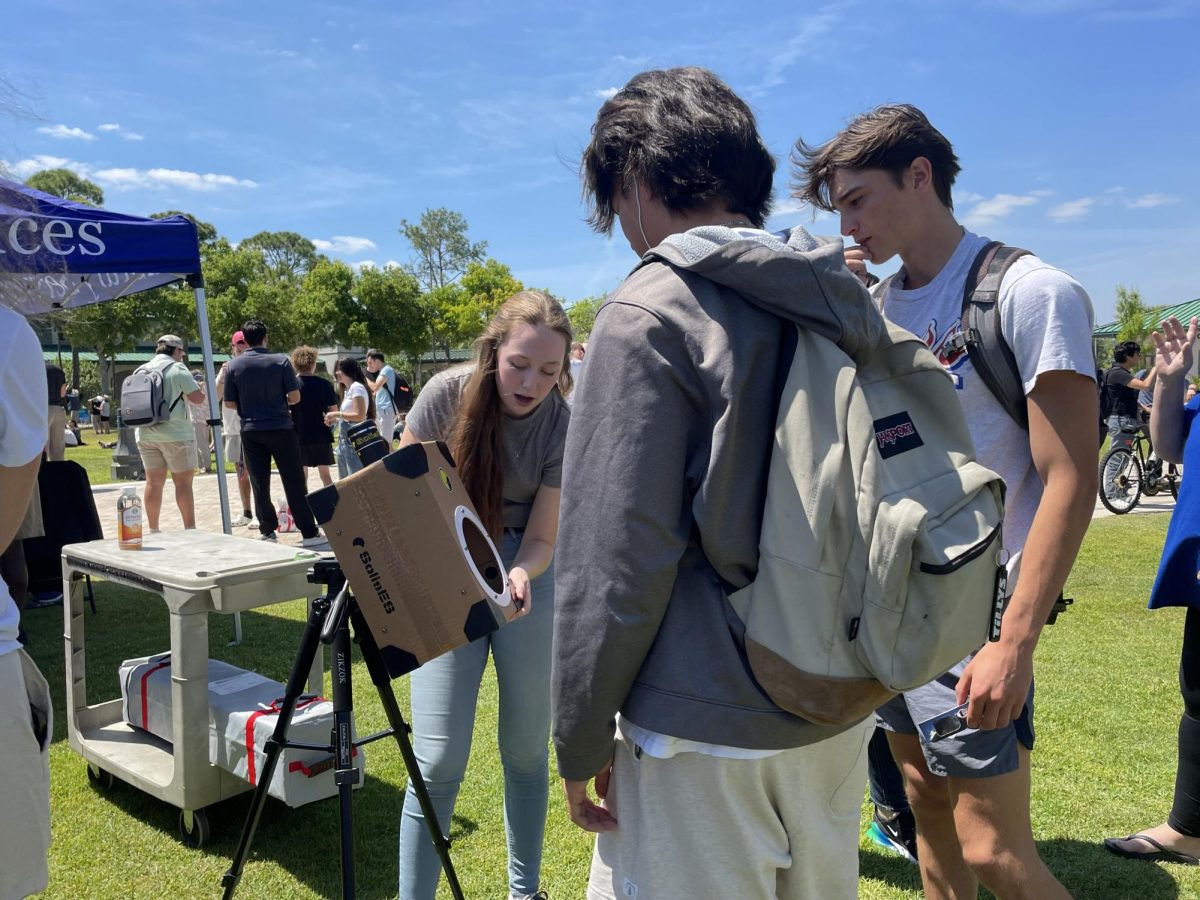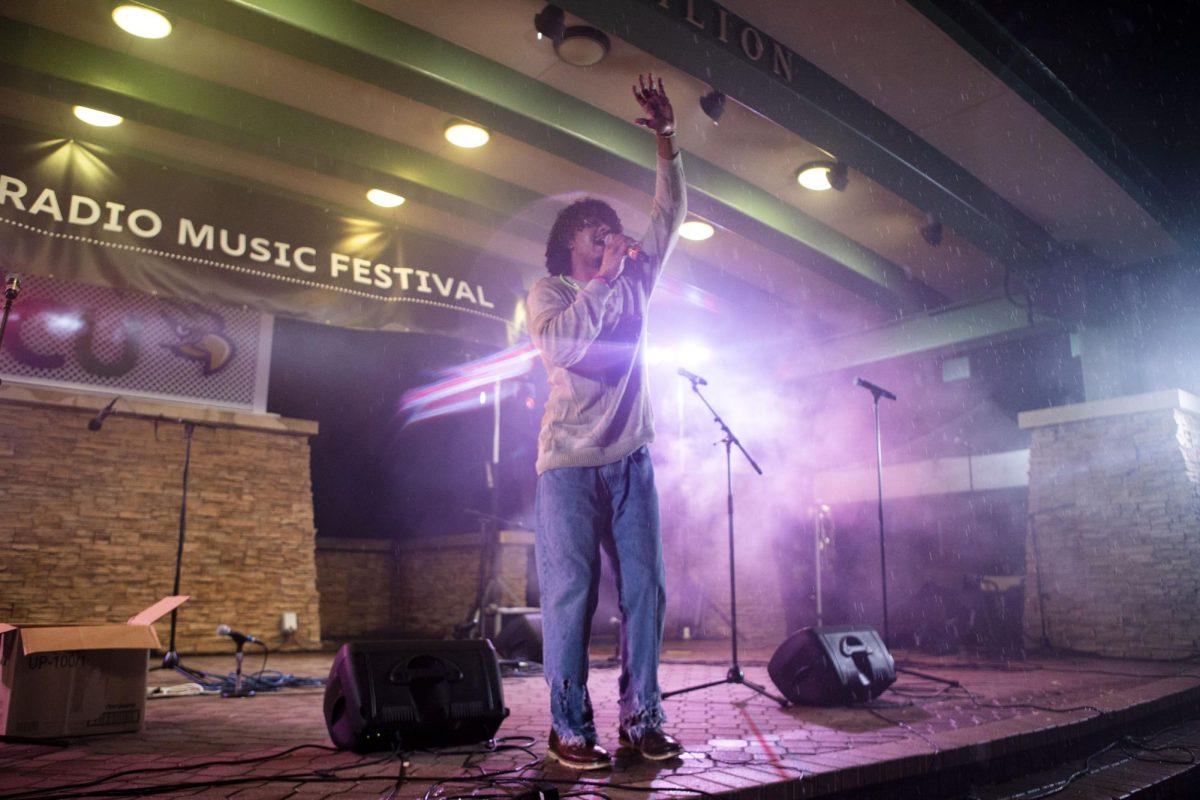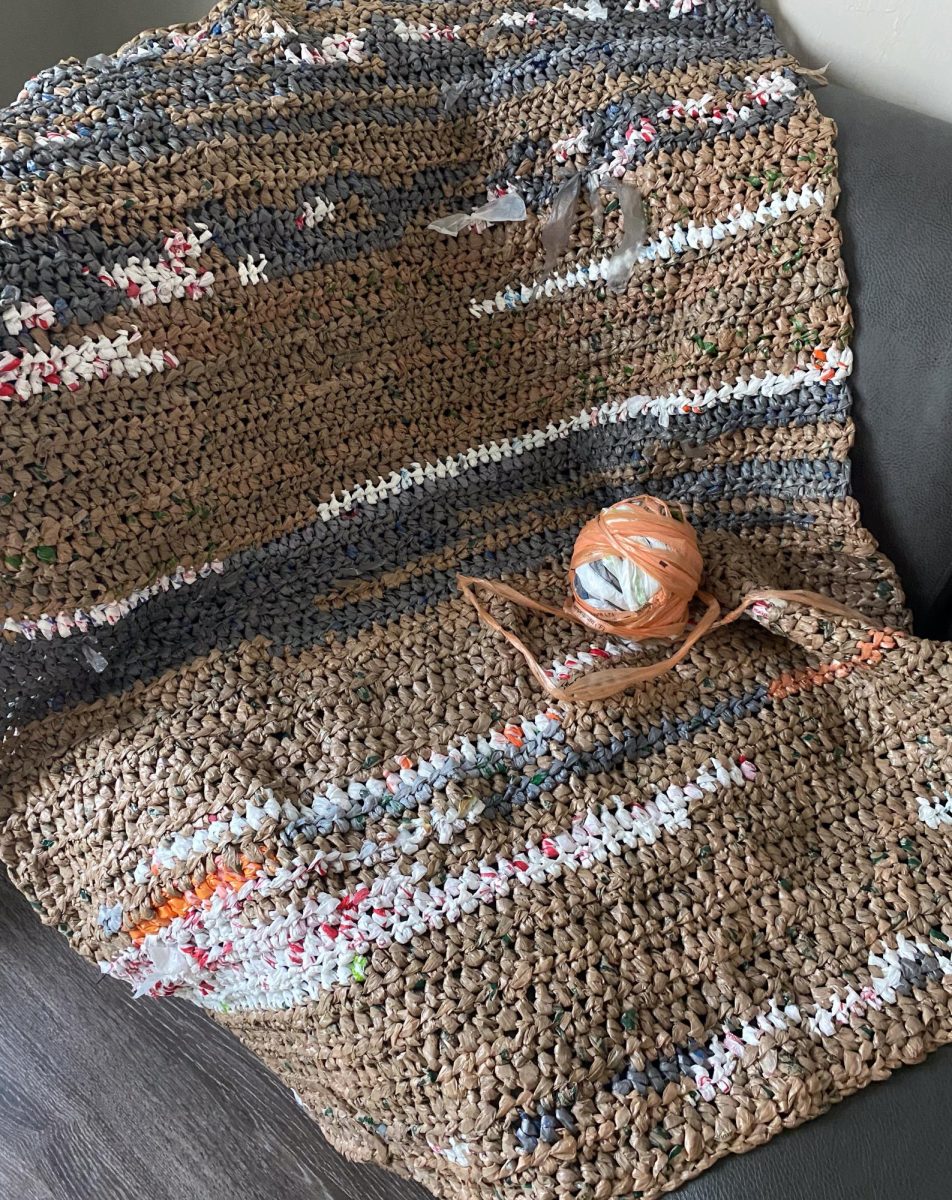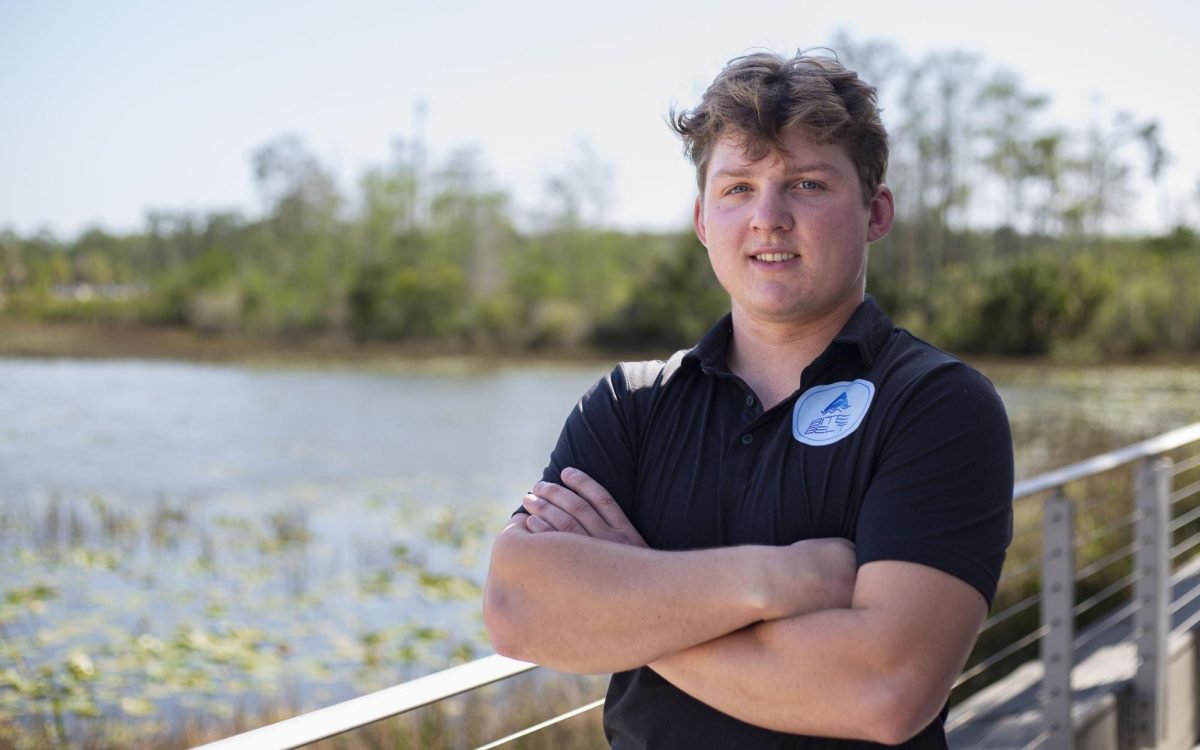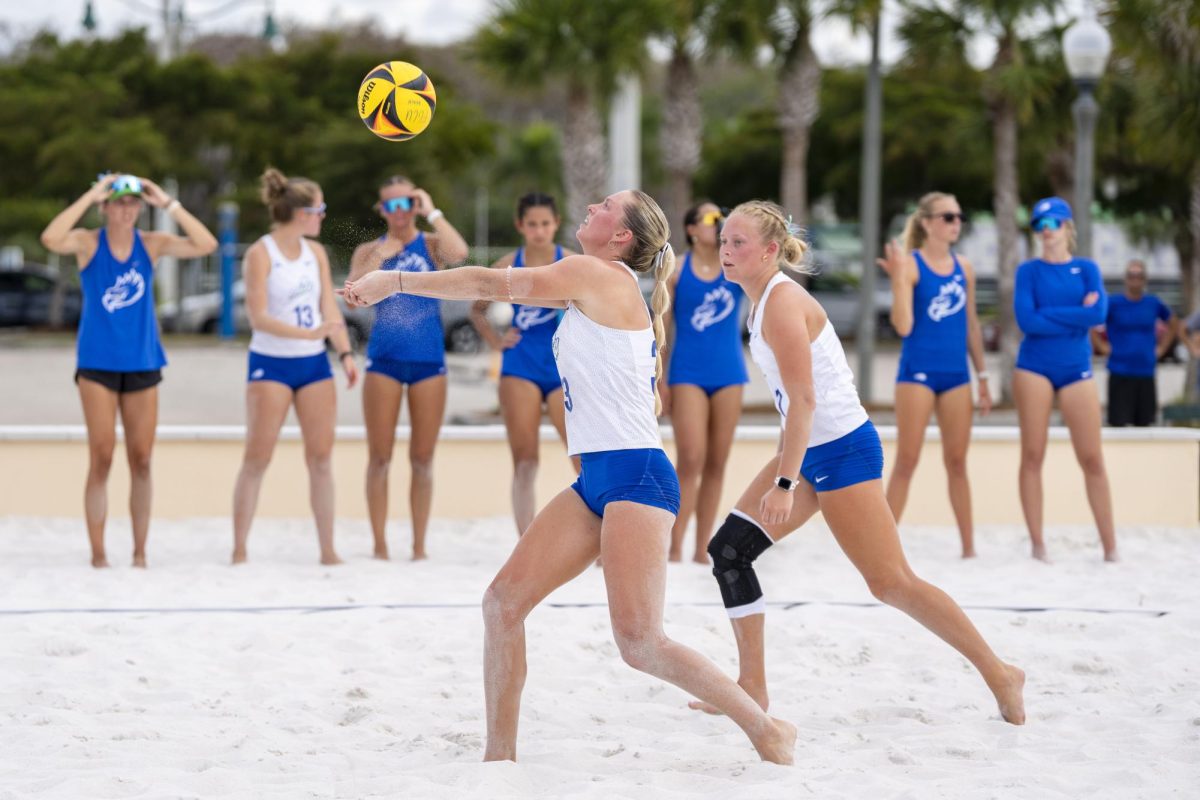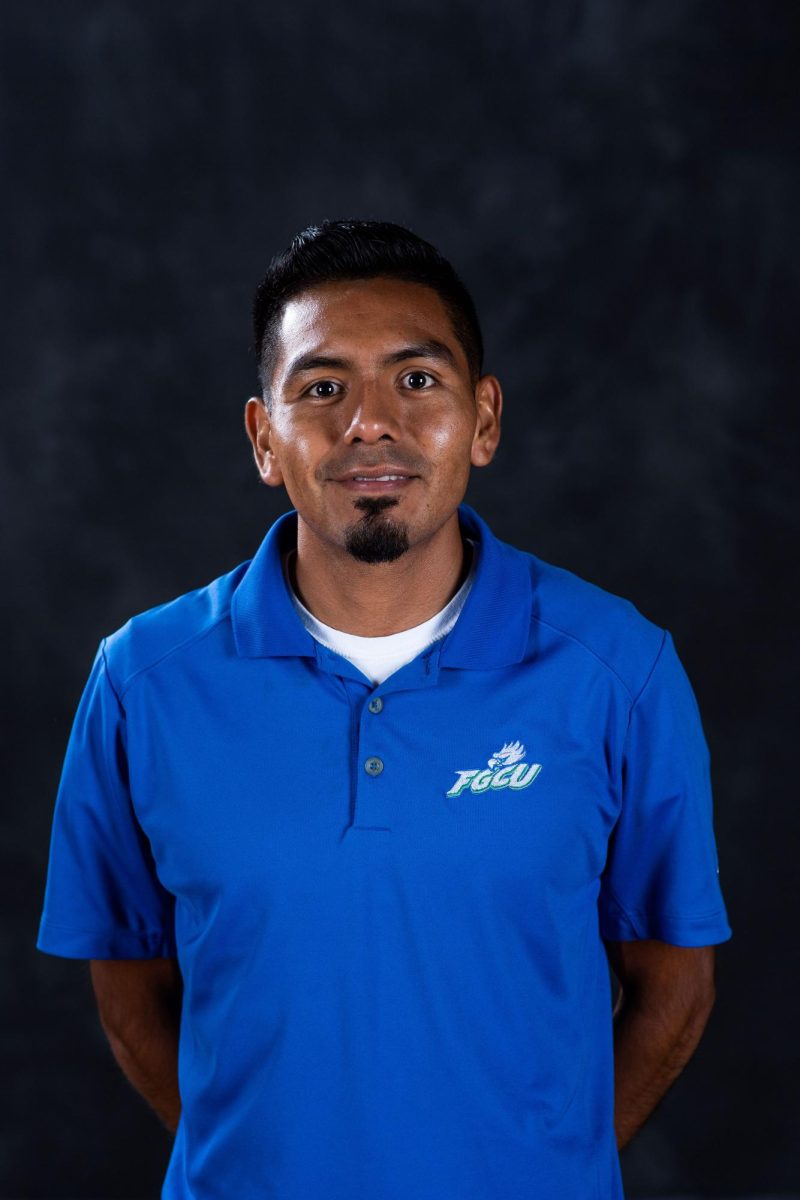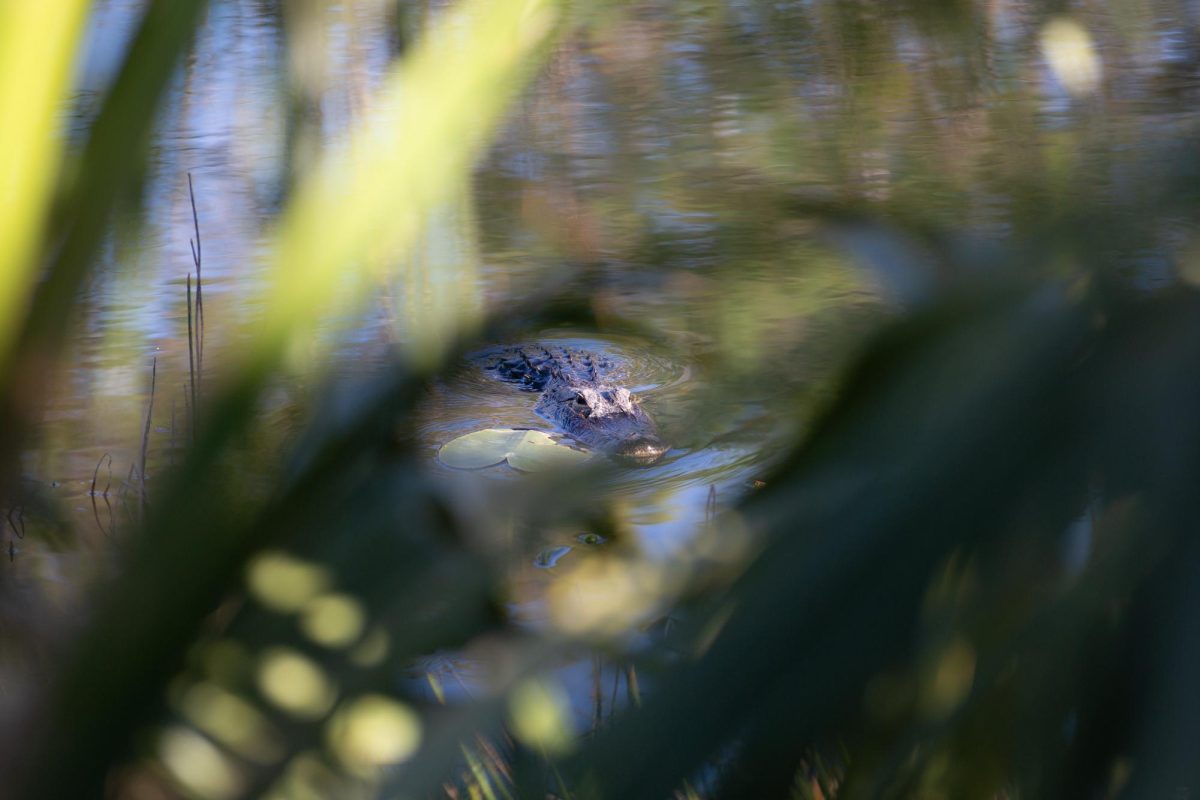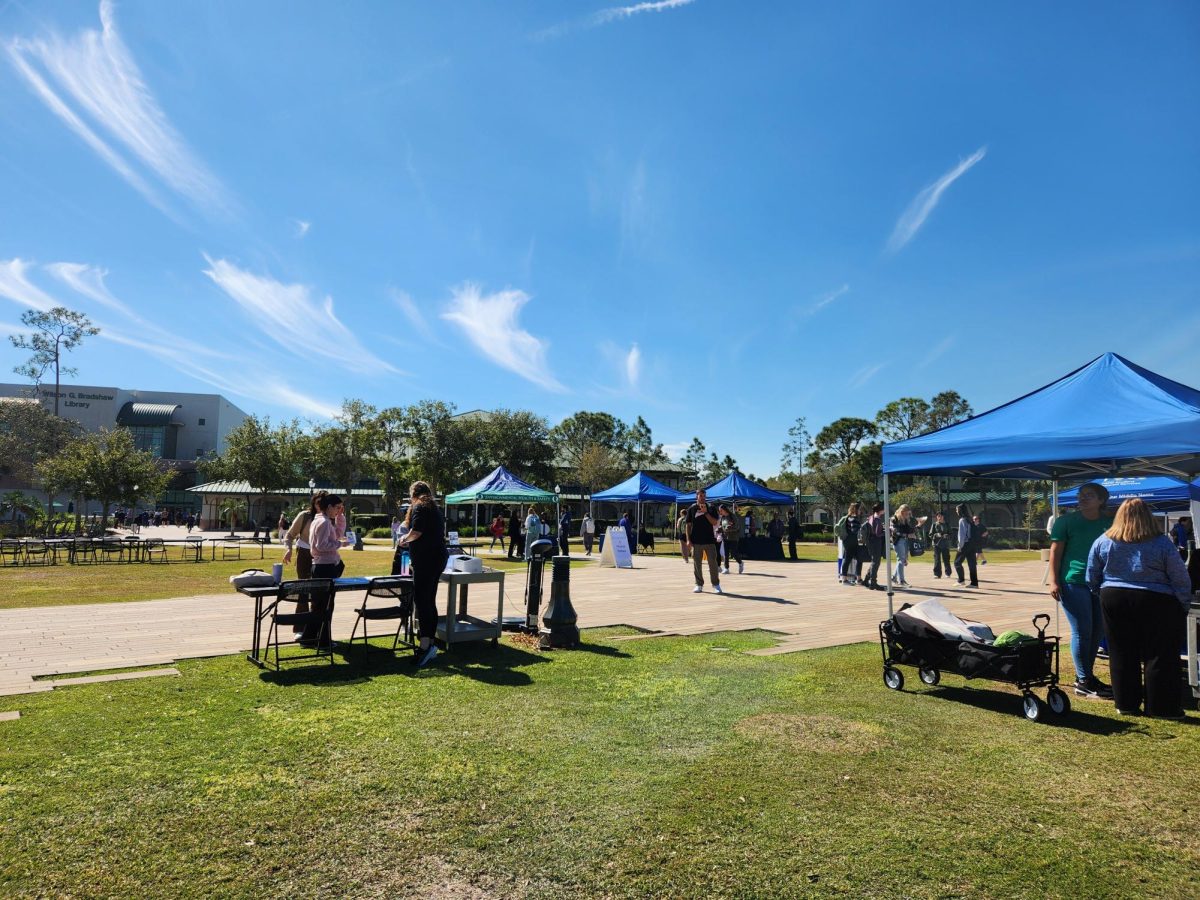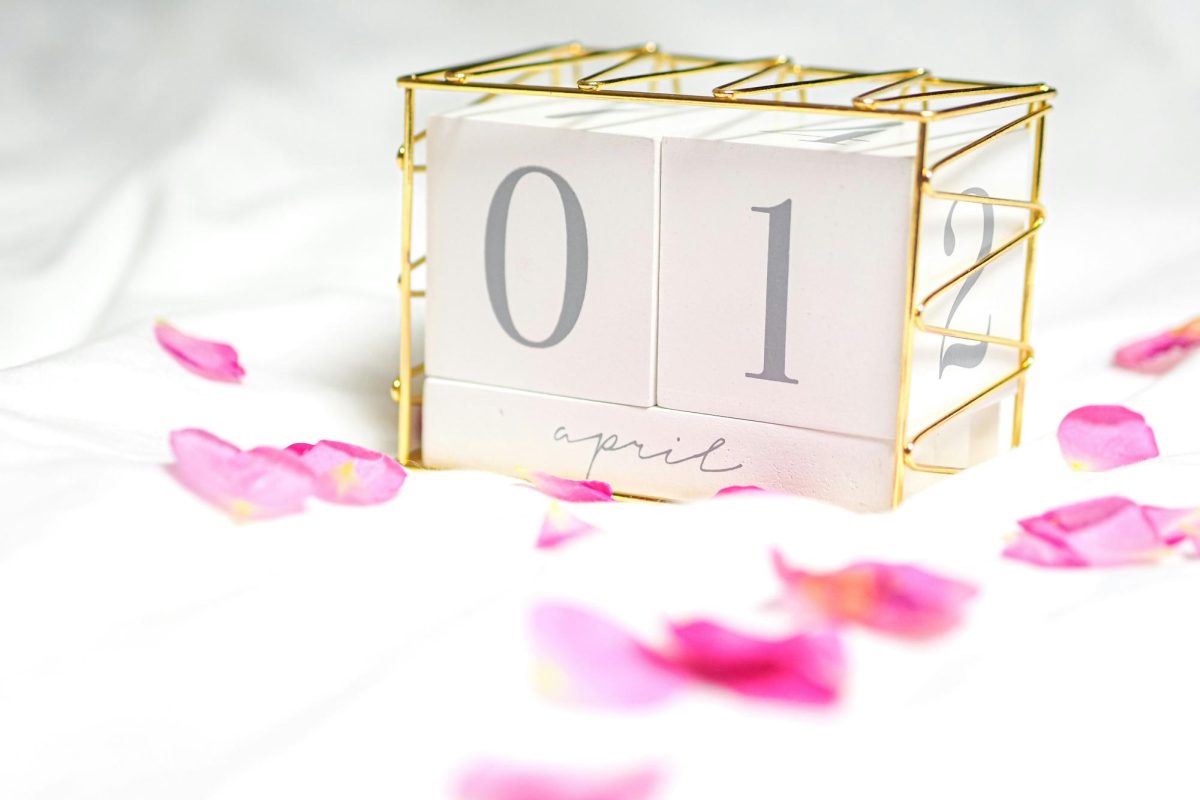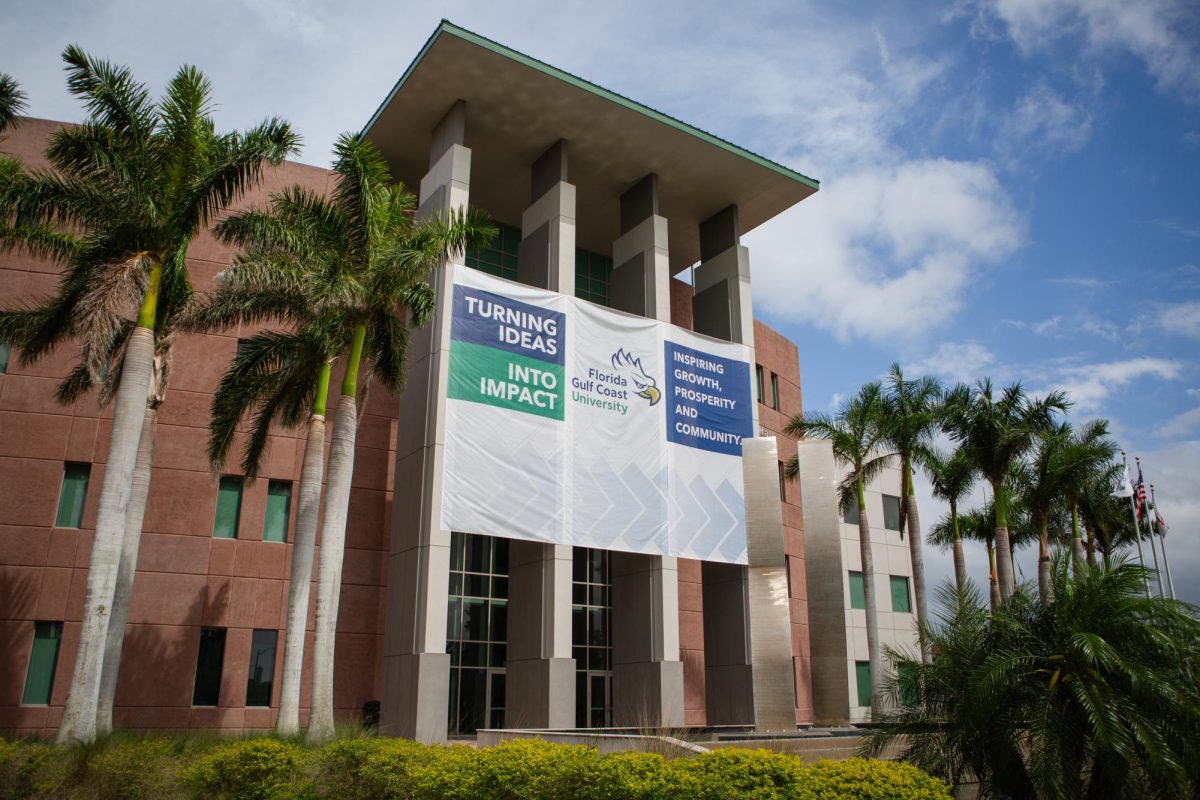From The Mattachine Society in the 1950s to now a federally recognized Pride Month — the LGBTQQIPA+ movement has come a significant way.
We’ve come out of the bathhouses, dark and dingy bars into the light of day. Queer culture intermingling with Mainstream. The history of our community is one as rich, diverse, and vibrant as the colors of every flag of every identity.
Our queerness marks us as a Constant act of rebellion against heteronormative hegemony hell-bent on our contorting existence back into the closet. But we will not go back. We will not step down. We are magnificent. We are all beautiful. We are here. We are queer. Get used to it.
But wait, how exactly did we get here? What were those watershed moments? Well, it’s time for a history lesson. C’mon, gather round; let’s follow the rainbow brick road and find out.
Most consider the Stonewall Riots that took place in the early morning hours of June 28, 1969, to be the tipping point of the movement. When the community finally said, “enough is enough” and fought back against the police, who broke into the club and began arresting everyone in sight. However, a lot happened in the decade before that. Queer rights organizations stretch back even to 1924 with the Chicago Society for Human Rights. But the one that really got the ballrolling was the MattachineSociety, founded by seven gay men in Los Angeles.
Before Stonewall, the society supported an openly gay candidate for public office, fought against the closing of gay bars, founded a national gay publication — The Advocate —and even marched in front of the White House.
From the ‘50’s we move into the sexual liberation of the ‘60’s— a period of exploration and freedom. Intersecting with the Hippie Movement, queer people were now moving out of the shadows to express their sex and sexuality more freely. Bathhouses now became symbolic homes of gay culture. In a time when these bathhouses were gay-owned and operated, they became fully licensed gay institutions. Then at the end of the decade, during the “summer of love” everything hit the fan.
During that time it was illegal to serve gay people alcohol or for gay people to dance with each other, so police raids on bars in New York City were regular affairs. But one night at Stonewall, enough was enough.
At 1:20 a.m. police gathered and attempted a raid. They were met with 200 patrons who had had enough and they foughtback. From inside the bar to the street, the Stonewall Inn and Christopher Street became chocked with gay men, drag queens, all manners of queer people and police. After a scuffle ensued between a lesbian woman in handcuffs and an officer after she was thrown into a paddy wagon, the tension broke and the riot began.
Beer bottles, parking meters and bricks became weapons against the police.
There were even pennies thrown at the officers (get it? “Coppers” thrown at the cops). By 4 a.m. the streets were cleared, thirteen were arrested and the Stonewall Inn shutdown. But it didn’t end there. The Stonewall Riots took place on a Saturday and up until that Wednesday there were riots numbering in the thousands. The LGBTQ+ community had begun its fight back. These riots are marked as the first “Gay Pride” event, with the 1970 “Christopher Street Liberation Day” parade as the first organized prideevent. Additionally, it must be recognized that Brenda Howard, considered the “Mother of Pride” is a bisexual woman and bisexualrights activists as well as a sex-positive feminist. She’s also the originator of the week of events for Pride that culminated with the parade.
From that growth through the ‘70’s came one of the darkest times in our history.
Something no person could have predicted. During the 1980s the gay community faced an epidemic within that decade ended up killing tens of thousands of gay men. To give you more perspective, by the end of 1981 there were more than five to six cases reported a week. At the time there was no name, there was no suspected method of transmission, there was absolutely no knowledge about this virus. The first visible symptoms that struck were dark red splotches on the skin called kaposi Sarcoma. That’s what caused the term to be coined “gay cancer” to explain what was happening. In the hospitals, no doctor or nurse would go near patients suffering from the virus.
The only ones who came to the medical rescue were lesbian nurses who would help and comfort the gay men through their pain. Around this time a significant community group, born out of drawing attention to disparities in the Castro District in San Francisco, began organizing events to raise money for research. This group — the Sisters of Perpetual Indulgence, still around to this day — helped to get the rest of the community to stand in solidarity with those suffering. Dressed in their nuns’ habits and with their faces beat like a drag queen, the Sisters to this day are an important force in the gay community when it comes to outreach surrounding sex education, safer sex practices and HIV/AIDs education. It was not until 1987 however, that President
Reagan would make a public statement in a press release using the term “AIDS,” but by this time it was far too late; tens, if not hundreds, of thousands of people had died from the virus. Yet through it all we made it. Coming out on the other side a far more tightknit community.
Through the darkness came light and the queer community still marched on. The 1990’s came with their downs (the installation of “Don’t Ask, Don’t Tell” in 1993), but also its ups (the Supreme Court decision in Romer v. Evans in which the court struck down Colorado’s Amendment 2 denying lesbian and gay persons protection against discrimination). From here we emerged into the new millennia and along came a whirlwind of upheaval legislatively in the realm of queer politics.
The year 2003 saw the demise of anti-sodomy laws by the Supreme Court ruling in Lawrence v. Texas. Then came the plethora of same-sex marriage legalizations across the country beginning in 2004 and continuing to this day. We are far from where we should be. But we will get there.
Often in discourses we leave out those of our community most marginalized. Gay men often perpetuate transmisogyny, sexism and bisexual erasure.
However, the tides are turning.
Change is taking place in the queer youth. This is why Pride is important and should not be a commercialized celebration of drunkenness and the mainstreaming of our queer culture, like it’s becoming. It should be a reprise of our history.
A coming together of all identities in solidarity and explosive celebration of our intersectional exploration of self and discovery of our bravery to be who we are in the face of heteronormative hegemonic aggression. As RuPaulsaid, “You know we as gay people we get to choose our family. We get to choose the people we’re around. I am your family, we are family here. I love you.”
That’s the power we have. Enough of the inner fighting, enough marginalizing of our own peers.
We are the product of riots. Our pride needs to be as loud as the drag queens screaming in the early hours of the morning on June 28, 1969.
Remember: We are here. We are queer. Get used to it!

